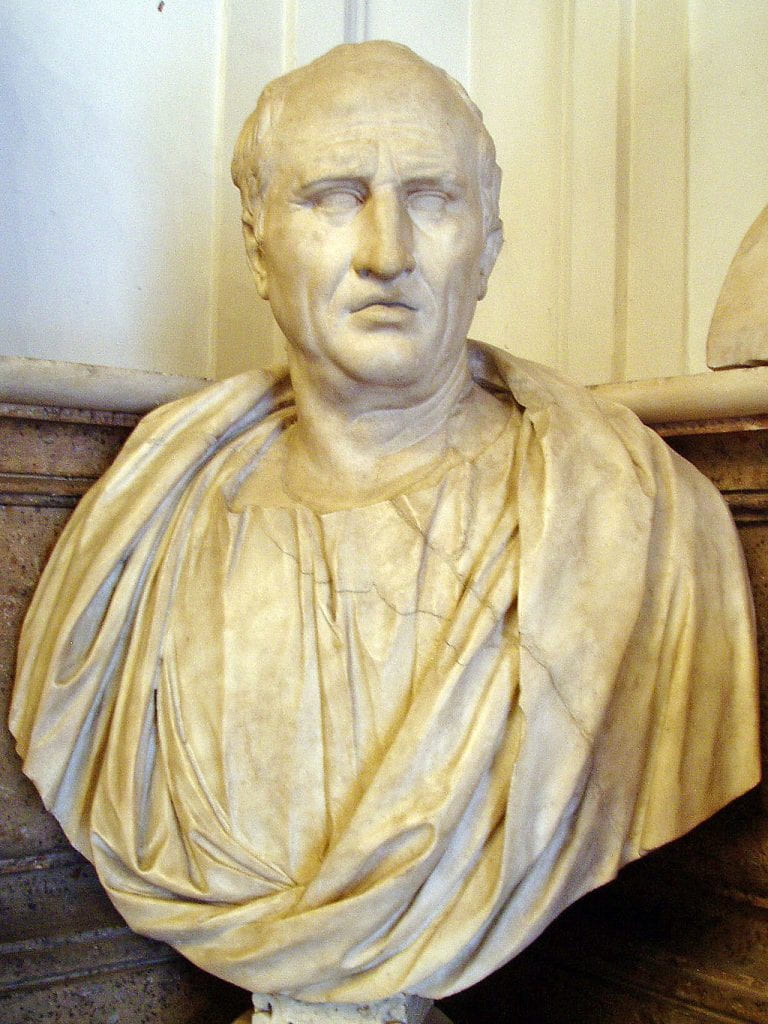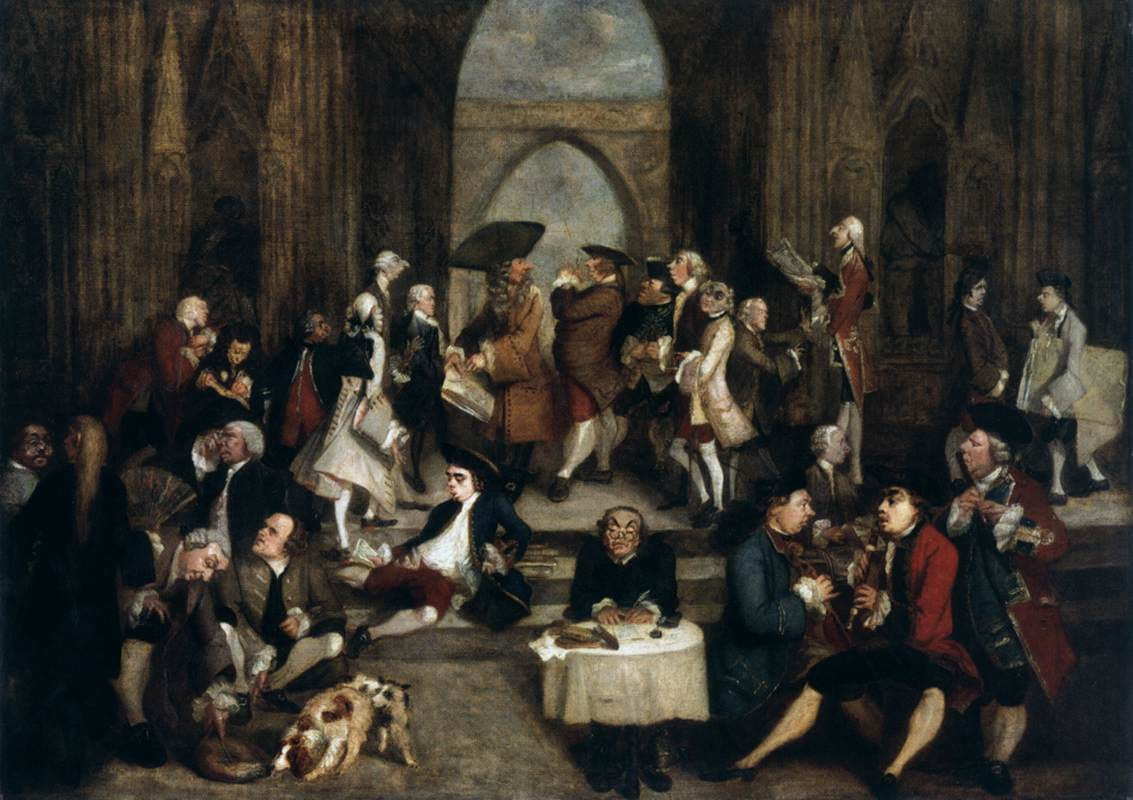I shall use this opportunity to reconsider the compatibility of Christianity and Politics through Letter 91, which forms part of a series of prolonged correspondences exchanged between the two in 408 AD. Nectarius, a pagan and civil servant, wrote to Augustine in search of mercy for those responsible for stoning and setting fire to a church in Calama, which is in present day Algeria.1 The letter deals largely with what Atkins and Dodaro describe as “the clash between traditional Roman patriotism (love for one’s own hometown or patria), rooted in civil theology, and Augustinian Christian civic ideals” (242).
Continue reading “On Augustine’s Letter to Nectarius”
- All quotes and references from: Augustine, Political Writings, ed. and trans. E.M. Atkins and Robert Dodaro (Cambridge: Cambridge University Press, 2001). ↩






